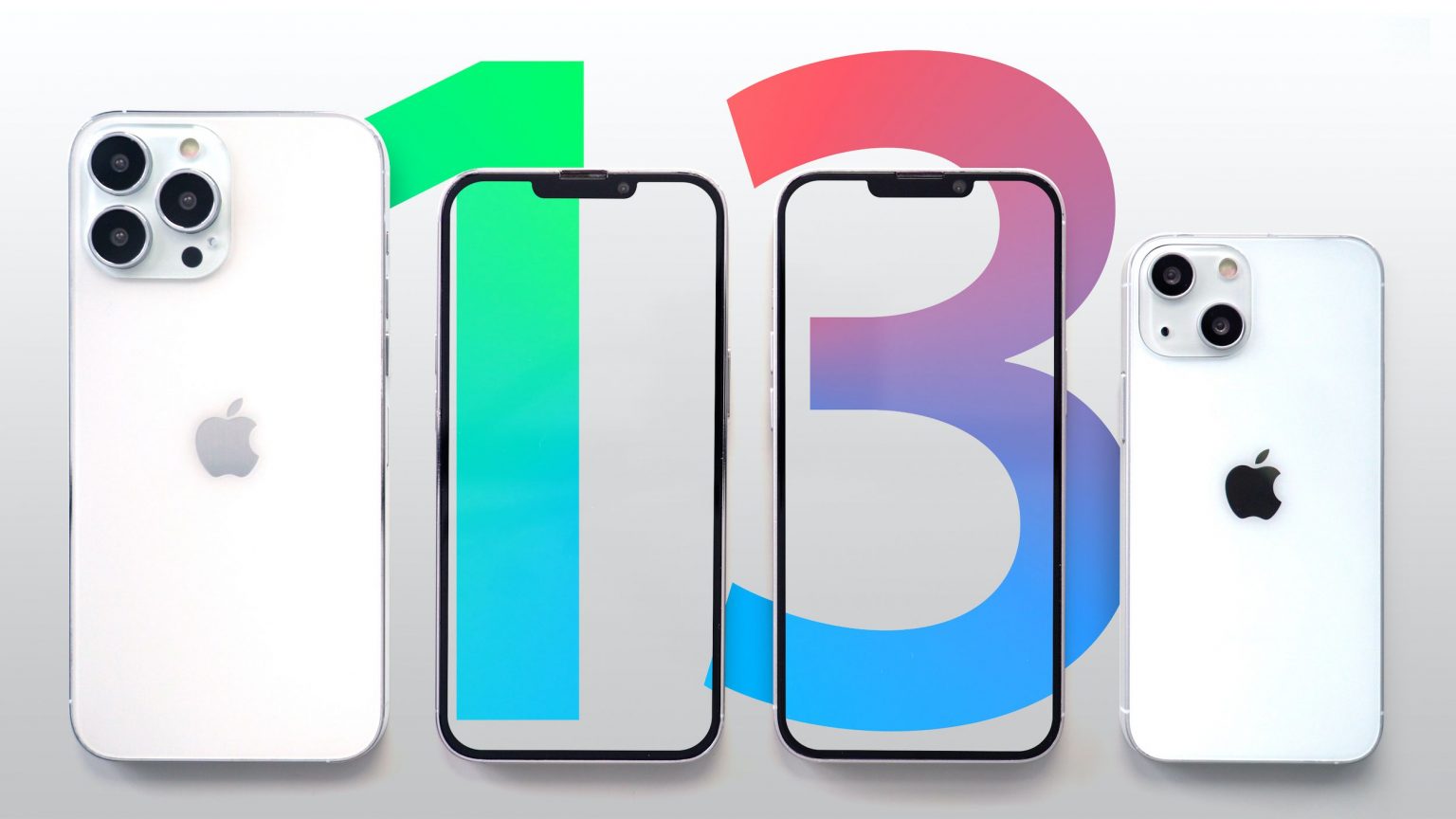Apple's September event is just around the corner. But it seems that the leaks of the iPhone 13 are trending all over the internet. Just recently, Jon Prosser from Front Page Tech came up with a new leak. It hints at a change in the design of the new iPhones.
 |
| The new iPhone 13 series from Apple (Source: THE REAL MANGO) |
Prosser's latest leak suggests a change in the Face ID module. In April of 2021, he insinuated that this year's iPhone might have a narrower Face ID module. He also confirmed it with CAD files. Those cad files show the exact dimensions of the new iPhones. Until this week, it was just speculation. However, Jon changed it to genuine news with a new report on Front Page Tech.
New Face ID camera array
This year Apple is redesigning the front of its iPhones. In the new leak, camera and Face ID housing are narrower than last year or the previous ones. However, the height of the housing remains the same.
 |
| Apple's prototype of the iPhone 13's Face ID and front camera array (Source: Front Page Tech) |
It will increase the screen-to-body ratio. And people will have more screen real estate, especially with the iPhone 13 Pro Max. The mini iPhone lovers will also love this year's model for the new design.
Indeed, Apple did not sell the iPhone 12 mini well enough. Still, there are some hard-core small form factor smartphone lovers out there. And they are a sucker for an edge-to-edge display on a small phone.
 |
| The new array is narrower than before with more screen real estate (Source: Front Page Tech) |
Looking at the photo from Front Page Tech and RendersbyIan, Apple is testing out the new module on an old phone. It seems like the iPhone 12 is in a custom case that holds the new sensor array on the top of the phone.
 |
| Apple is trying to prevent leaks with this new prototype case on an iPhone 12 (Source: Front Page Tech) |
Apple is notorious for prototyping its products before launching. And they are also cautious about the leaks of their unreleased products. That is why Prosser reported that they were using police-grade bodycam for the employees last month. It looks like the new prototyping is the same approach to prevent leaks. With it, employees can test out new hardware on an old phone.
 |
| iPhone 13's front-facing camera is on the left side of the Face ID sensors (Source: Front Page Tech) |
Along with the width of the housing, Apple also changed the position of the front-facing camera. It is now at the far right side of the array. The Dot Projector, Flood Illuminator, and the Infrared Camera are on the right now. Lastly, the Proximity sensor and speaker port are at the top of the Dot Projector and the Flood Illuminator.
Apple is testing out Face ID with mask and glasses
Jon Prosser also stated that Apple is testing out Face ID for different situations. Last year during the Covid-19 pandemic, people could not unlock their iPhones because of their masks. Fortunately, Apple provides alternative options for it with an Apple Watch. Still, there is a concern about privacy and security.
Last year people tried to sell the Face ID problem with their unique solutions. As demonstrated by 9to5mac, you can set up two different Face IDs. In one setup, you can put half of your mask on one side of the face. In another one, cover the opposite side of your face with it. This way, your phone will have two references for verifying your face with a mask. Unfortunately, it is not reliable since there is an issue of authentication present.
 |
| How to use Face ID over your masks by (Source: 9to5mac) |
 |
| Setting up two different Face IDs with a mask (Source: 9to5mac) |
Apple asked its employees to set their faces on the new prototype without any mask or glasses. And they are testing extensively to find out a working solution. If they succeed, the consumers will get a new feature along with an updated design. Otherwise, Apple might stick to unlocking with an Apple Watch.
Conclusions
The new Face ID module and front-facing camera array will be impressive. However, whether you can authenticate your face through a mask or foggy glasses is yet to confirm. If this change happens, Apple's sales figure will skyrocket this year. And Apple also predicts that because they are ordering more display panels from the suppliers than last year.
It seems like the new feature of the iPhone 13 will be a great selling point. What do you think about the changes? Does it encourage you to buy your next iPhone or the first one, perhaps? Or do you think Face ID will work better on this year's iPhone?

Comments
Post a Comment
If you are willing to chat, please feel free to comment below.